Before you light a fire
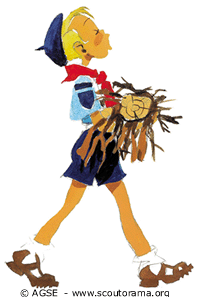
Before you start lighting your fire you should follow this checklist :
1. Am I authorised ?
- Always check that you are allowed to light a fire in the area and at that time of the year
- Always ask for clearance to the owner of the property or to the authorities if you are on public grounds.
2. Where should I light my fire ?
- Never light a fire next to bushes, trees or tents. Clear the ground of all leaves and pine needles.
3. Is the weather appropriate ?
- Do not light a fire if it’s too windy.
4.Anticipate :
- You should have at least one jerrycan of water at hand’s reach.
- Never leave a fire without surveillance.
Choosing twigs and splint
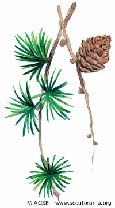
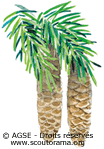
The best is to use evergreen twigs (spruce, larch or pine tree) that you will spread either over leaves, pine needles, dried fern or birch bark.

The types of wood that will burn better
The wood you want to use is one that will burn steadily over a long time period releasing a lot of heat. You will find good dry firewood at the foot of the trees. However make sure you don’t use decayed wood : it will not burn well and releases very little heat.
(The pictures on the side of each name will help you to identify the trees.)

- Hornbeam : Burns for a long time and releases a lot of heat

- Birch : Heats up well. It will burn even if damp.
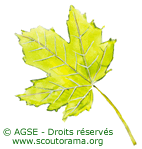
- Maple : Burns well and releases good heat
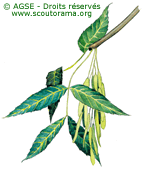
- Ash tree : One of the best woods to burn. It can be used even when damp and will burn fast.
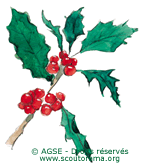
- Holly : Burns well when it’s dried.
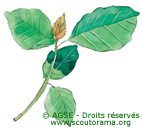
- Beechwood : Burns even better than the ash tree when it is very dry.

- Hawthorn : Burns for a long time and releases heat. It can be used even if green.
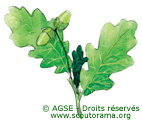
- Oak : Will burn for a long time but the smoke can irritate the throat.
The types of wood you should avoid
some types of wood do not release a lot of heat and will burn with a lot of smoke, you should avoid them.
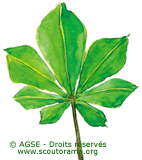
- Chestnut tree : doesn’t release enough heat.
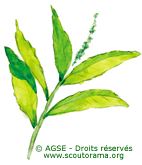
- Sweet chestnut: One of the poorest wood for heating.
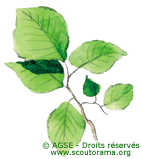
- Elm tree: Will not burn well unless it is perfectly dried.
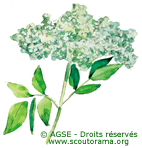
- Elder: Burns with a lot of smoke and little heat.

- Poplar :Doesn’t burn well and gives little heat

- Willow : Burns with very little heat

- Lime tree : Is rather difficult to burn and gives little heat

- Yew : Burns well when it is very dry but isn’t suited for cooking purpose.
You can now light a fire
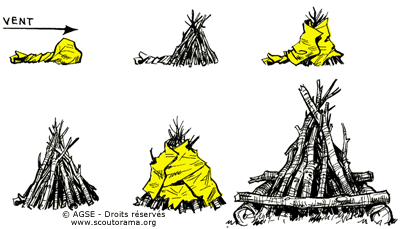
A few additionnal hints
- If you use firewood that you picked up on the ground take off the bark : it’s the dampest part.
- If you do not carry some paper, bark or dried grass you can make some wood chips out of a dead branch (be careful not to hurt yourself with the knife !)
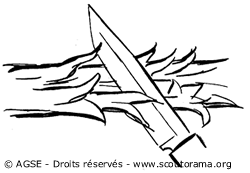
- When you start lighting your fire, if it takes up some time you can accelerate the process by feeding it with very thin twigs that you can find under the trees.
- In the winter the twigs that you will find under the trees can be green wood and therefore hard to burn.
